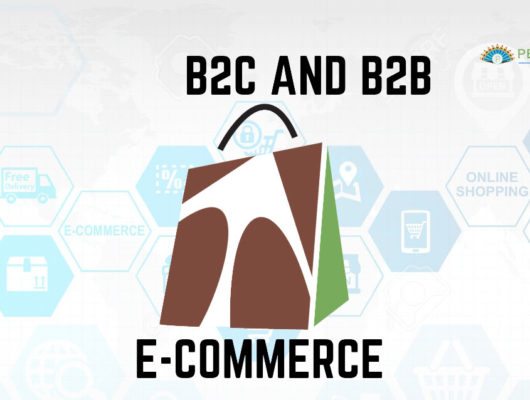Moving to the cloud has become critical for businesses seeking to enhance scalability, reduce costs, and enhance overall efficiency. However, successful cloud migration is more complex than just flipping a switch. It requires careful planning and implementation to ensure a smooth transition. This comprehensive guide will walk you through the essential steps to effectively plan your cloud migration strategy.
Data transfer is one of the most challenging stages of migration. Where the migrated data is stored can significantly impact application performance and your business.
Here are a few challenges a business will face during the cloud migration process shared by the experts at Peafowl Inc.
Cloud Migration issues:
The “cloud” depends on the stability of actual equipment, as the cloud server may be thousands of miles away from your country. If your cloud provider is having trouble, your application may need help sending, storing, and displaying data.
Security Issues:
Some humiliating cloud data breaches have occurred because companies practice good digital practices on-site. For example, the company should have encrypted its customers’ information. For example, the company placed the data in a regular xls file on the cloud-hosted file. These arrangements are necessary for you to be able to access your cloud-accessible information.
Insecure access:
To make it easier for everyone to access, it is highly probable that your company’s users will reuse the same passwords for each account. The expert advises that all businesses should always practice two-factor authentication to prevent hackers from discovering your credentials and accessing your data.
Shared Accounts:
Most companies maintain shared documents containing password information for each account. Furthermore, some companies require employees to use the same login and password for the entire team. It is a hazardous but widespread practice.
Cost Effectiveness:
It is common practice that businesses save costs and buy shared hosting cheaply. The server for cheap hosting may be geographically distant from the business residing company. In this scenario, the company is not saving money but is paying a considerable amount in the form of very low productivity, which may result in losing the customer.
Compliance:
Privacy compliance is the responsibility of your business, not your cloud provider. If you fail to adhere to the rules set by local and national authorities, you leave your organization, partners, and customers unprotected and even risk receiving heavy fines.
Solutions to Mitigate Risks
Selecting the right supplier and hosting for your cloud migration is a pivotal decision that can significantly impact the success of your transition. Choosing a reputable cloud service provider that aligns with your business needs and offers scalability, security, and support is essential. Assess factors like data center locations, service-level agreements, and cost structures. Additionally, consider a managed hosting service to ease migration and ensure optimal performance. A well-informed choice here can streamline your cloud migration, enhance data security, and position your business for future success in the digital landscape.
To choose the right location, determine where most of your customers (external and internal) are from. Then, choose the data center closest to them in an environmentally and politically stable area. It will bring significant efficiency in the data traveling for your company.
In conclusion, planning your cloud migration strategy is a comprehensive endeavor that requires careful consideration of your objectives, current infrastructure, and the best cloud models and migration strategies. By following these steps and seeking Peafowl Inc. expert guidance when needed, your organization can unlock the full potential of cloud technology, enabling growth and innovation in an increasingly digital world.







